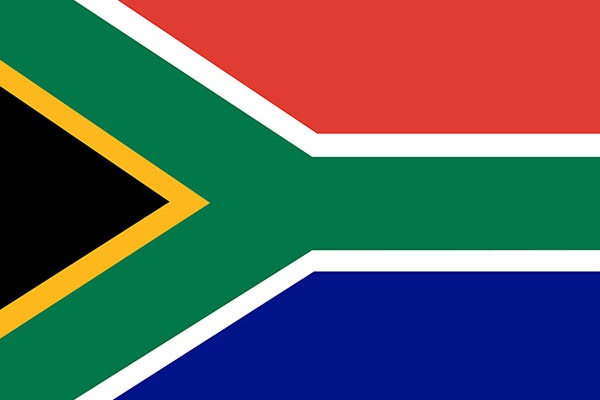Soya In South Africa
The Bureau for Food and Agricultural Policy (BFAP) estimates that we should reach 2, 3 million tons in soya bean production by 2029, which could propel us to self-sufficiency. The current production of almost 12 million tons of animal feed is projected to increase to 14, 5 million tons in 2029, absorbing just over 1, 7 million tons of soya bean meal and full-fat soya.
South Africa produces just over two million tons of wheat, while the country imported 2, 2 million tons mainly from Russia and Poland last year. Import value is estimated to be over R8 billion, illustrating the importance of local production.
Critical raw material to produce over 2, 4 billion breads per annum and 3, 5 million tons of wheat products is an integral part of the primary food chain.
According to the results of the survey, commercial producers intend to plant 2,725 million ha of maize for 2022, which is 1,10% or 30 200 ha less than the 2,755 million ha planted last season.



According to the results of the survey, commercial producers intend to plant 2,725 million ha of maize for 2022, which is 1,10% or 30 200 ha less than the 2,755 million ha planted last season.
The figures show that producers intend to plant 1,644 million ha to white maize, which is 47 700 ha (2,82%) less than in the previous season. In the case of yellow maize, the expected plantings are 1,081 million ha, which is 17 500 ha (1,65%) more than in the previous season.
In the case of sunflower seed, the expected area planted is estimated at 555 800 ha, which is 16,32% or 78 000 ha more than the 477 800 ha planted last season.
The intended plantings of soybeans shows an increase of 11,81% or 97 700 ha compared to the previous season – from 827 100 ha to 924 800 ha.
The expected plantings of groundnuts will slightly decrease by 4,02% or 1 550 ha, from 38 550 ha to 37 000 ha.
The intended plantings of sorghum is expected to decrease by 8,54% or 4 200 ha to 45 000 ha, compared to the previous season.
The expected plantings of dry beans is estimated at 54 250 ha, which is 14,48% or 6 860 ha more than in the previous season.



Where Soya came from and Soya in South Africa
Soy comes to South Africa









Where is Soya cultivated?
From 3 pods on a plant to 350
The soybean plant is a bushy, summer annual with three-fold leaves which grows to between 60 and 120 centimetres – depending upon the number of plants per area, growing conditions and choice of cultivar. These variations will also control the number of pods per plant which can range from 3 to 350 pods. The plant may be cultivated in most types of soil but thrives best in warm, fertile, clayish land.
Depending upon local conditions, soybeans are typically planted in November through December. The plants react to day/night length ratios which stimulate the reproduction process. Planting in January will result in a shorter plant with lower harvest potential, as the days shorten during growth. On ripening, the leaves turn yellow and the moisture content of the seeds drops – from about 65% to 14% within 14 days – given that the weather is dry and hot.






